Diwali. Thadingyut. Olojo. Sukkot.
Late October is a time of colorful festivals around the world. Some mark the harvest, others are festivals of lights. Now, and in the coming weeks, Hindus, Jews, Buddhists, and Yoruba are celebrating different holidays, explained here and shown in the photo essay below.
thumbrns-festival-photos101716b.jpg
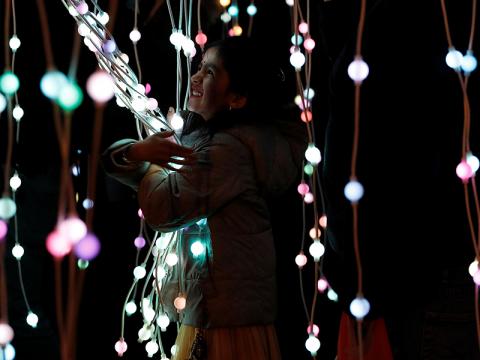
thumbrns-festival-photos101716c.jpg
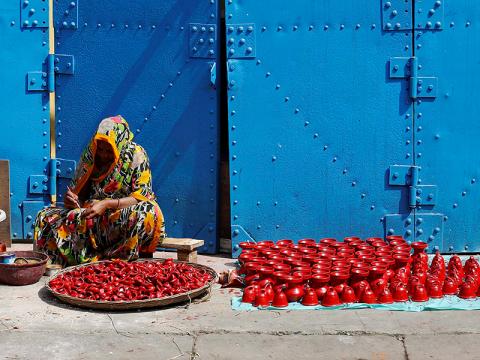
Diwali
Diwali is the Hindu festival of lights and marks the final harvest before winter. Families observe the holiday by decorating homes with electric lights and oil lamps in earthenware pots, and opening doors and windows to invite in Lakshmi, the goddess of wealth. In India, Diwali is also celebrated by many non-Hindus.
thumbrns-festival-photos101716a.jpg
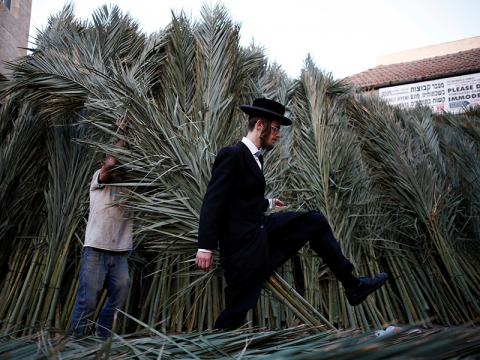
thumbrns-festival-photos101716e.jpg
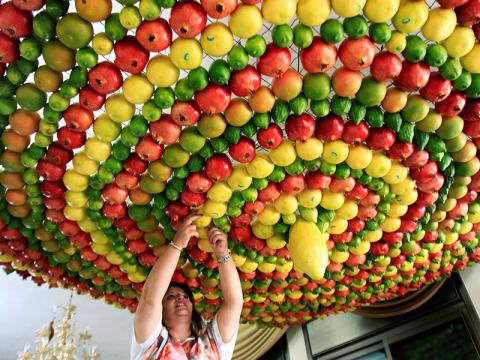
Sukkot
The Feast of Tabernacles is a harvest holiday in which Jews gather for meals and worship, inside outdoor booths modeled on the huts their ancestors lived in during the 40-year biblical exodus from Egypt. It is also celebrated by Samaritans — a tiny religious group stemming from the ancient Israelites — as well as some evangelical Christians.
thumbrns-festival-photos101716d.jpg
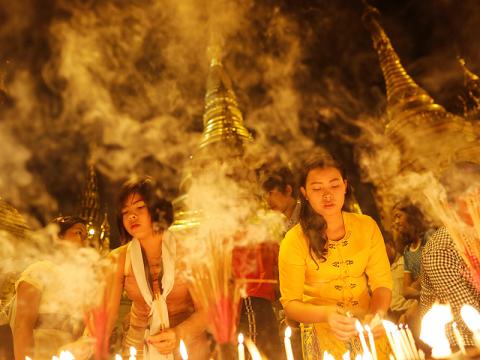
Thadingyut
A Buddhist festival of lights observed in Myanmar on the full moon day of the Burmese month of Thadingyut. It marks the end of Buddhist Lent (Vassa) and is meant to welcome the Buddha’s descent from the heaven where he taught sacred texts to celestial beings. During the holiday, pagodas and homes are decorated with electric lights and paper lanterns, and some people light fireworks.
thumbrns-festival-photos101716f.jpg
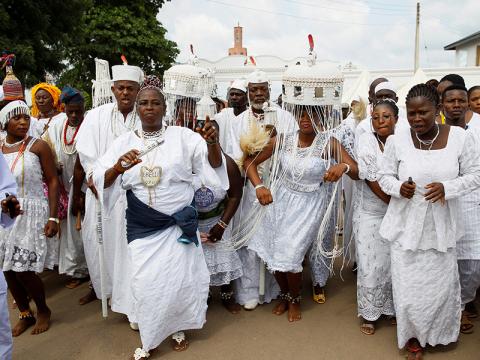
Olojo
Observed in the ancient Yoruba city of Ife in southwest Nigeria, Olojo is held in remembrance of the creation of mankind. It is presided over by the Ooni, or king, of Ife, who wears a colorful crown of beads, and the celebrations include pageants, fashion shows, and soccer games.
Got something to say about what you're reading? We value your feedback!
